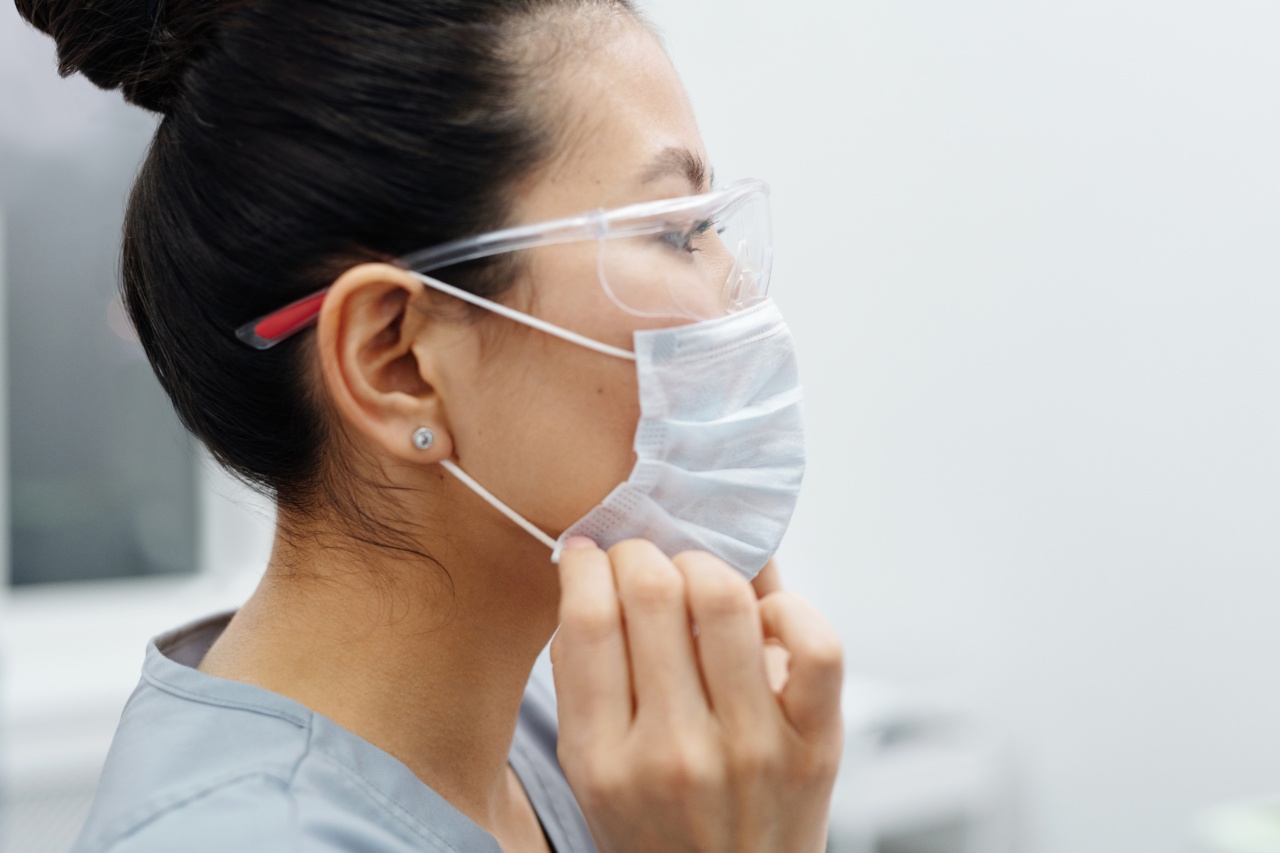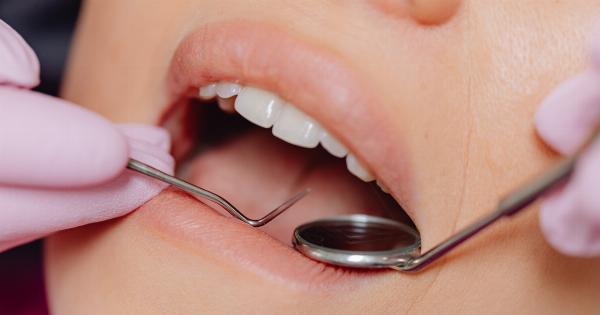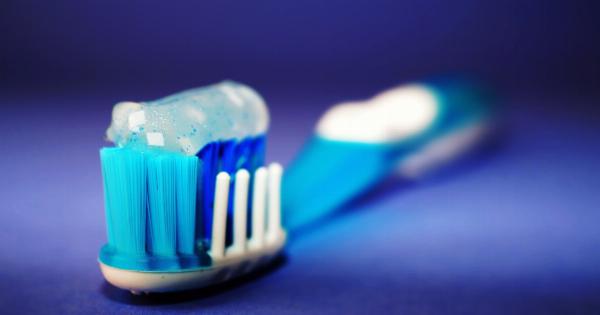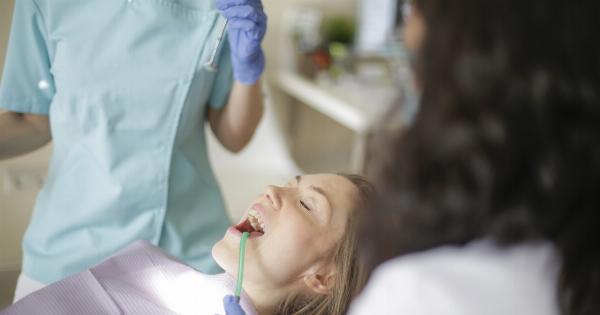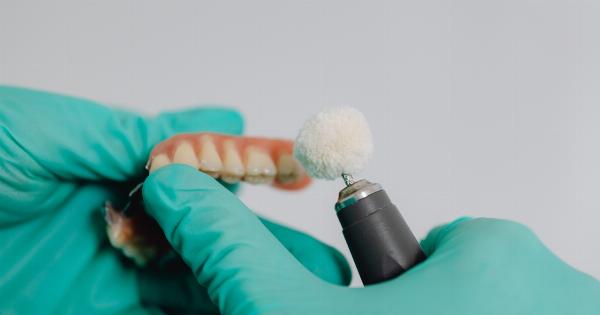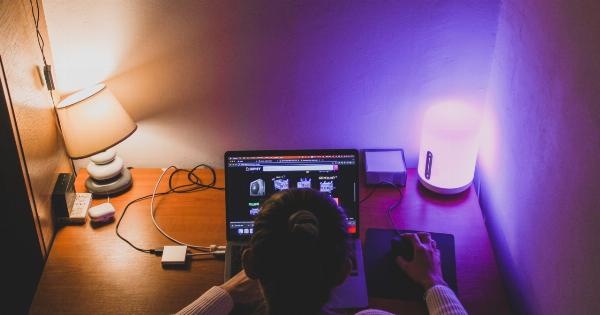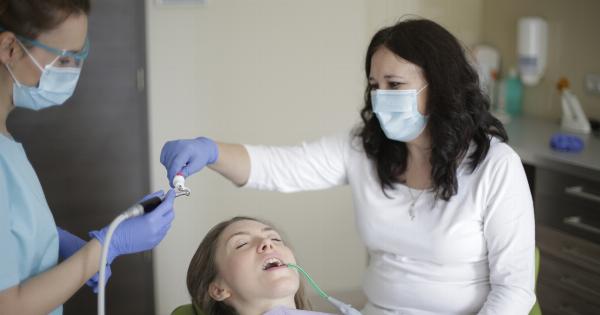Protective Tooth Splint is an appliance worn to protect teeth from damage caused by bruxism or teeth grinding. On-demand monitoring is a technology that can detect if the splint is wearing properly or needs to be adjusted.
The combination of these two technologies can create a more effective treatment for patients with bruxism.
What is Bruxism?
Bruxism is a condition in which a patient unconsciously clenches their jaw or grinds their teeth, usually during sleep. It can lead to headaches, jaw pain, and damage to teeth and dental restorations.
Bruxism can also worsen over time, leading to more serious dental problems.
How Does Protective Tooth Splint Work?
A Protective Tooth Splint is a custom-made appliance that fits over the patient’s teeth. It is designed to protect the teeth from the pressure caused by clenching and grinding.
The splint is made of a durable material that can withstand the forces of bruxism. It can also be adjusted to ensure it fits the patient’s teeth properly.
What is On-Demand Monitoring?
On-Demand Monitoring is a technology that can detect changes in the force placed on teeth. This technology can be integrated into the Protective Tooth Splint to detect if the splint is being worn properly or if it needs to be adjusted.
On-Demand Monitoring can provide valuable information to the dentist, allowing for adjustments to be made to the splint as needed.
Advantages of Protective Tooth Splint with On-Demand Monitoring
The combination of Protective Tooth Splint and On-Demand Monitoring can provide several benefits for patients with bruxism. First, the splint can protect the teeth from damage caused by clenching and grinding.
Second, the On-Demand Monitoring can detect if the splint is wearing properly, allowing for adjustments to be made as needed. Third, the combination of these technologies can create a more effective treatment for patients with bruxism.
How is Protective Tooth Splint with On-Demand Monitoring Made?
The Protective Tooth Splint with On-Demand Monitoring is made using a digital scan of the patient’s teeth. The digital scan is used to create a 3D model of the patient’s teeth, which is then used to design the splint.
Once the splint is designed, the On-Demand Monitoring technology is integrated into the splint. The splint is then 3D printed using a durable, biocompatible material.
Benefits of 3D Printing
3D printing has several advantages over traditional manufacturing methods when it comes to creating Protective Tooth Splints. First, 3D printing allows for the creation of highly accurate and detailed models.
Second, 3D printing is a faster and more cost-effective manufacturing method. Finally, 3D printing allows for the integration of complex technologies, such as On-Demand Monitoring.
Who Can Benefit from Protective Tooth Splint with On-Demand Monitoring?
Patients who suffer from bruxism or teeth grinding can benefit from Protective Tooth Splint with On-Demand Monitoring.
The splint can protect the teeth from damage caused by clenching and grinding while the On-Demand Monitoring can detect if the splint is wearing properly, allowing for adjustments as needed. Patients with dental restorations, such as crowns or bridges, can also benefit from the Protective Tooth Splint as it can help to protect these restorations from damage.
Conclusion
Bruxism is a condition that can lead to serious dental problems if left untreated. Protective Tooth Splint is an effective treatment for bruxism that can protect teeth from damage caused by clenching and grinding.
On-Demand Monitoring technology can be integrated into the splint to detect if it is wearing properly, allowing for adjustments to be made as needed. The combination of Protective Tooth Splint and On-Demand Monitoring can create a more effective treatment for patients with bruxism.
